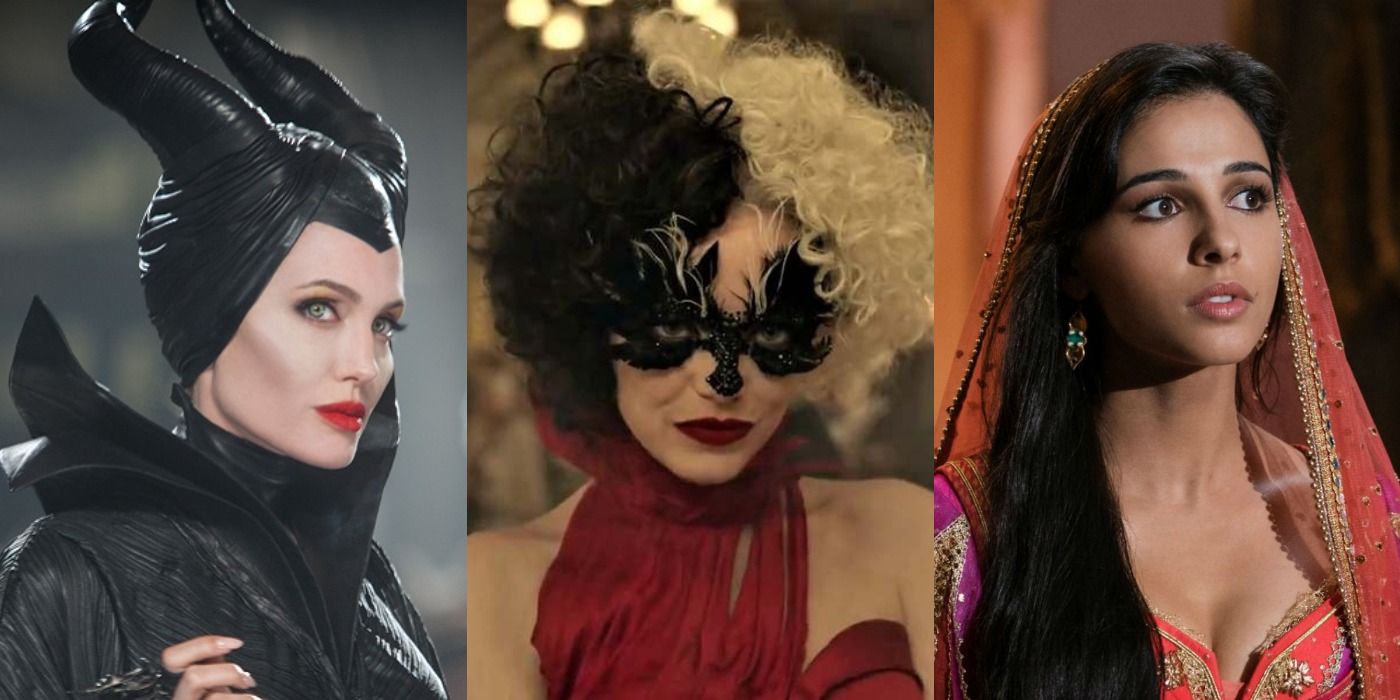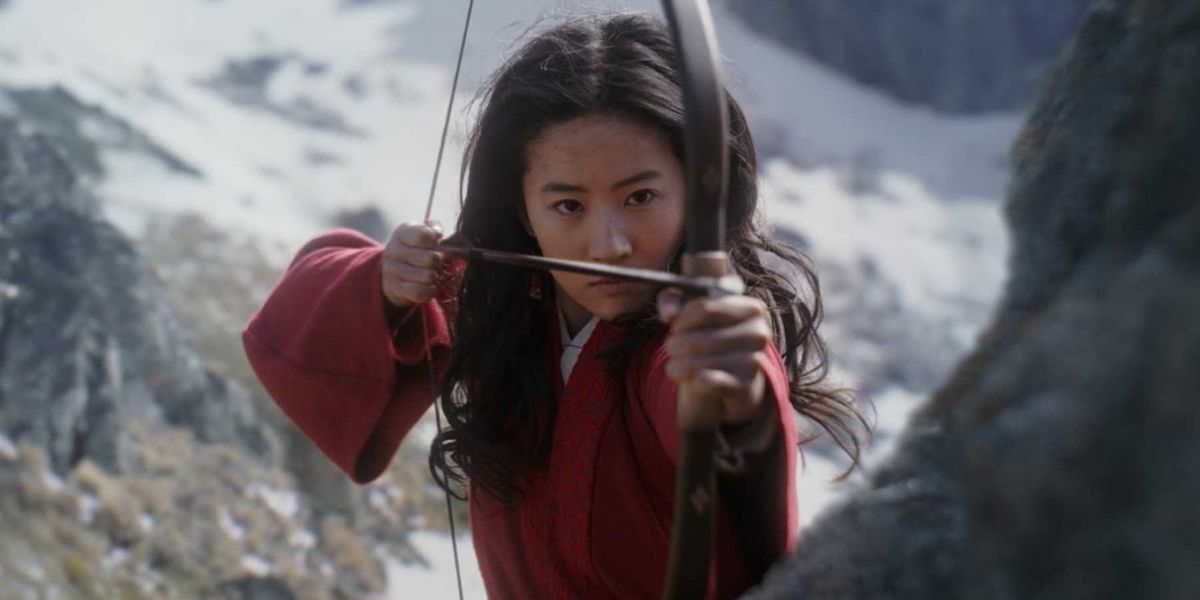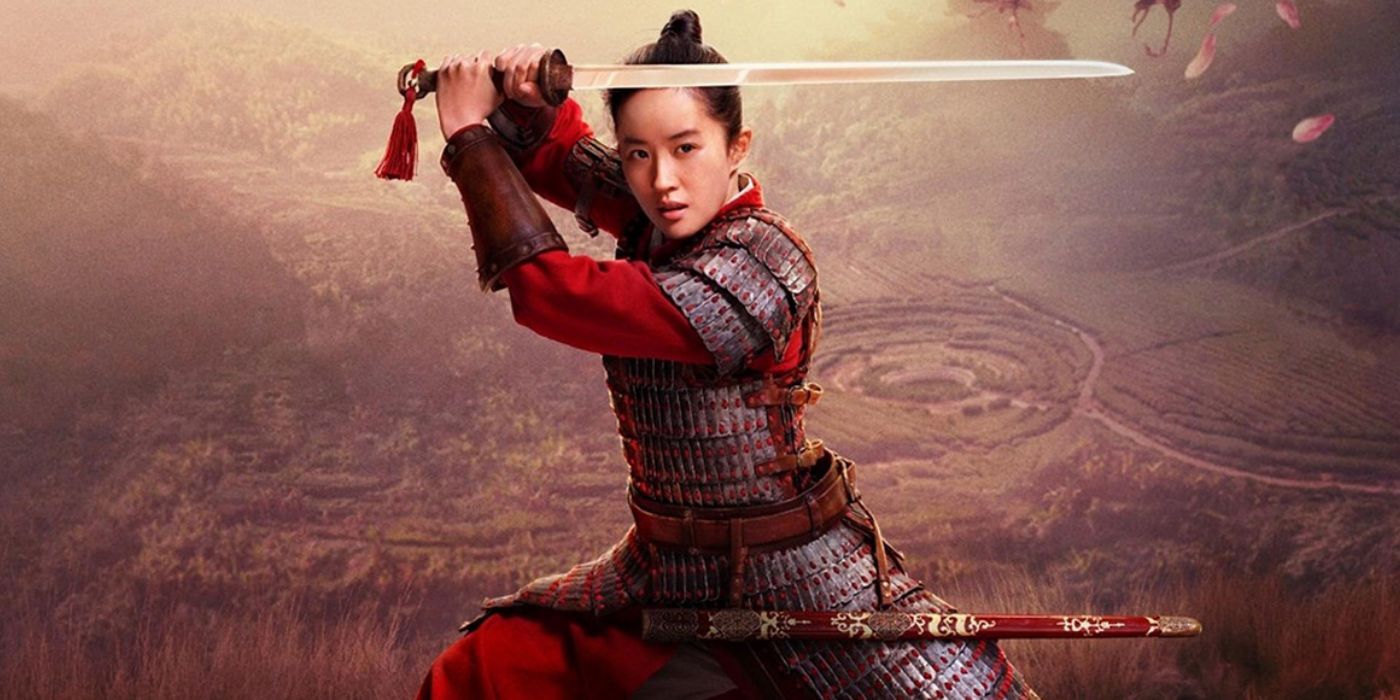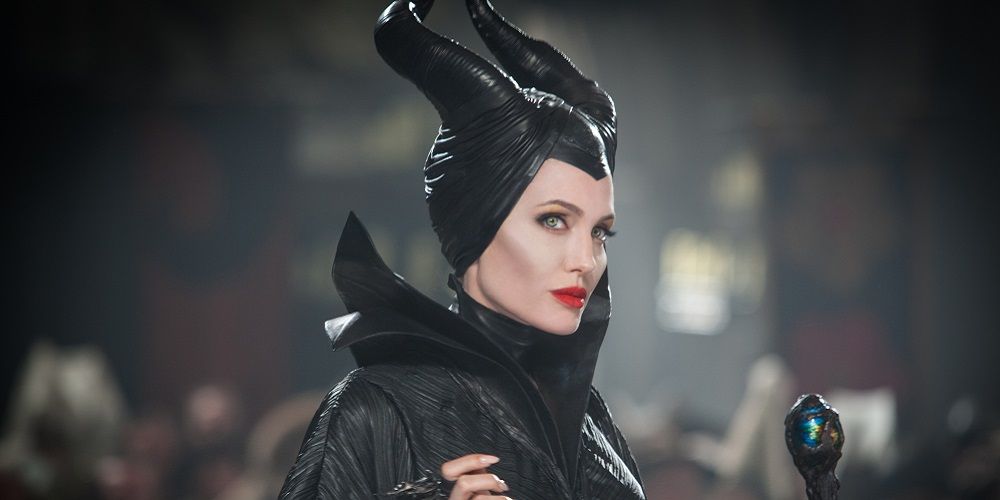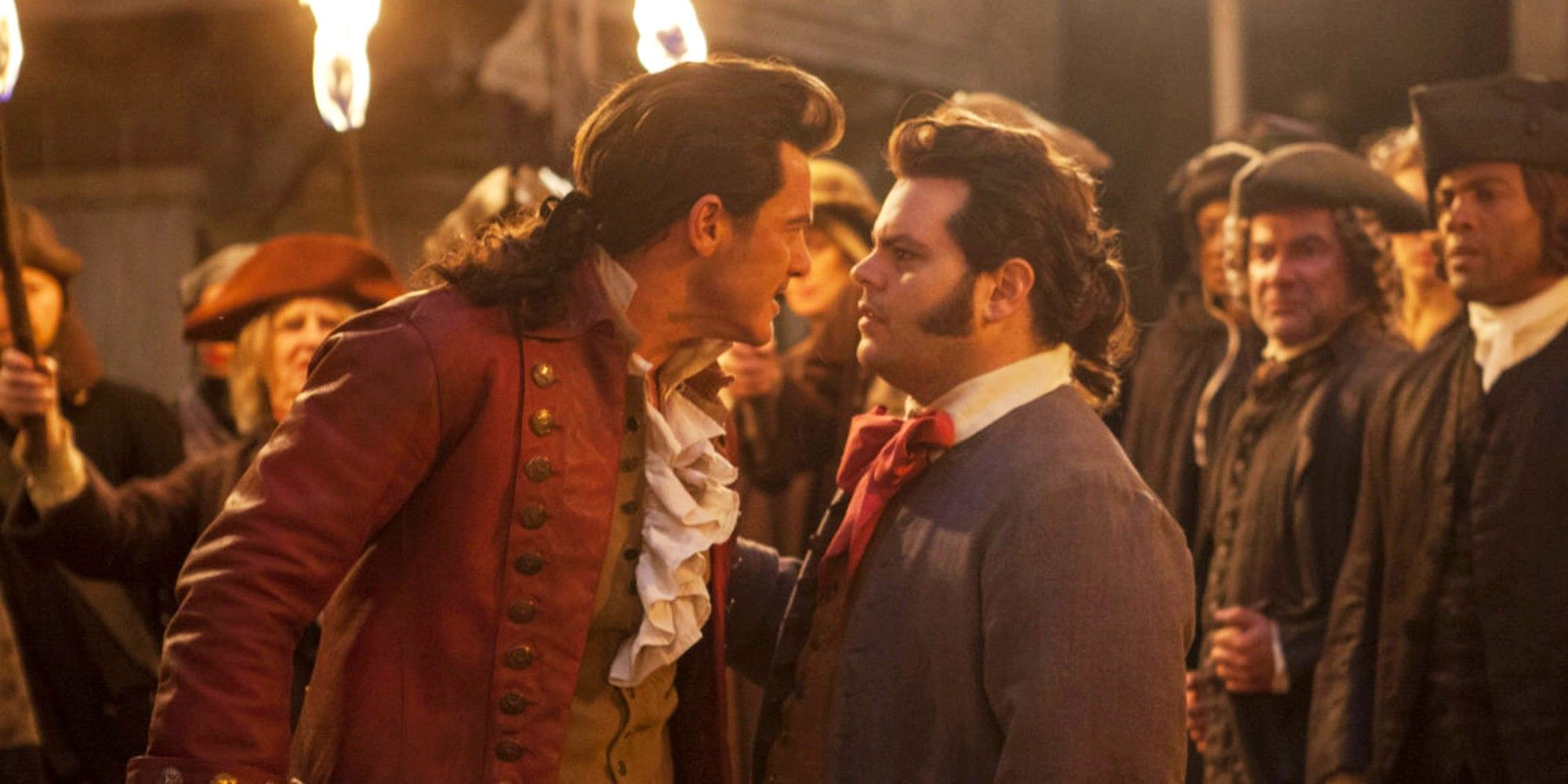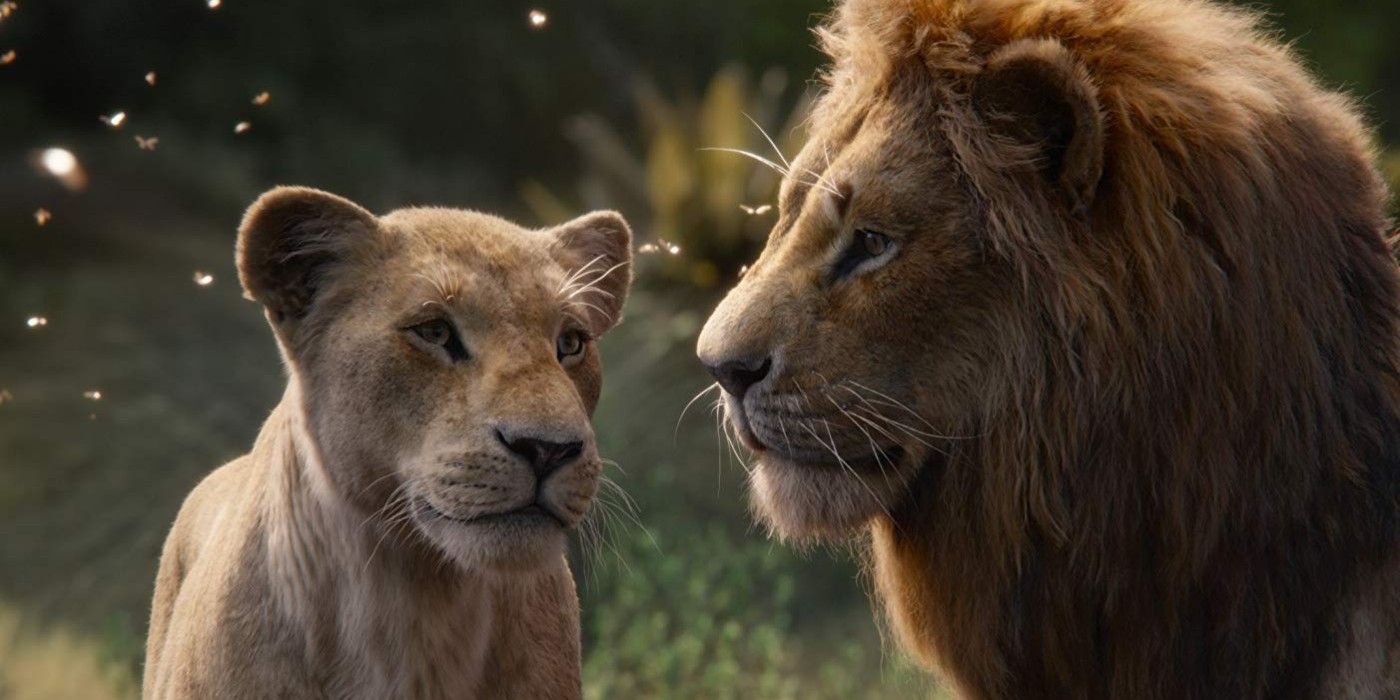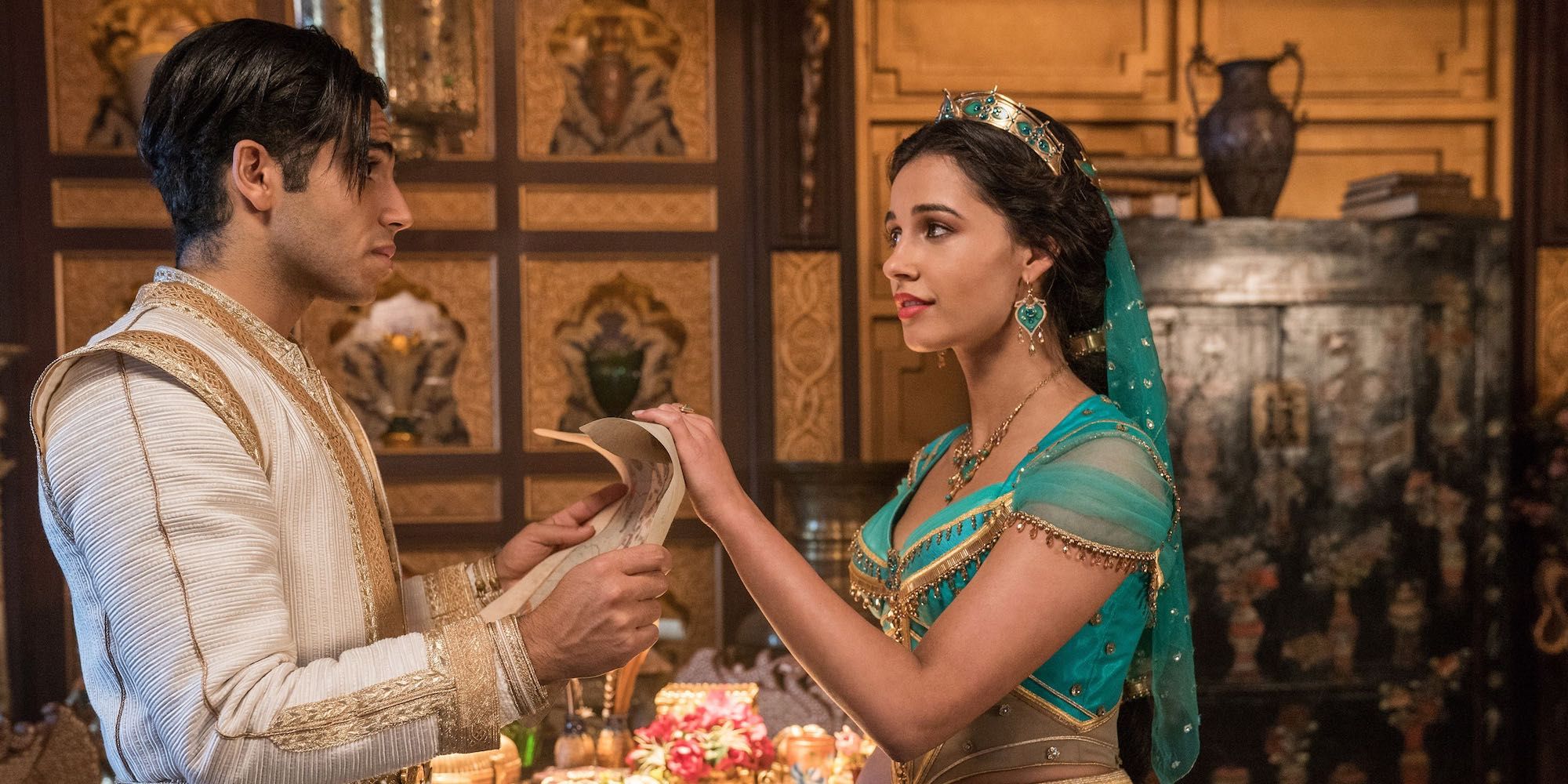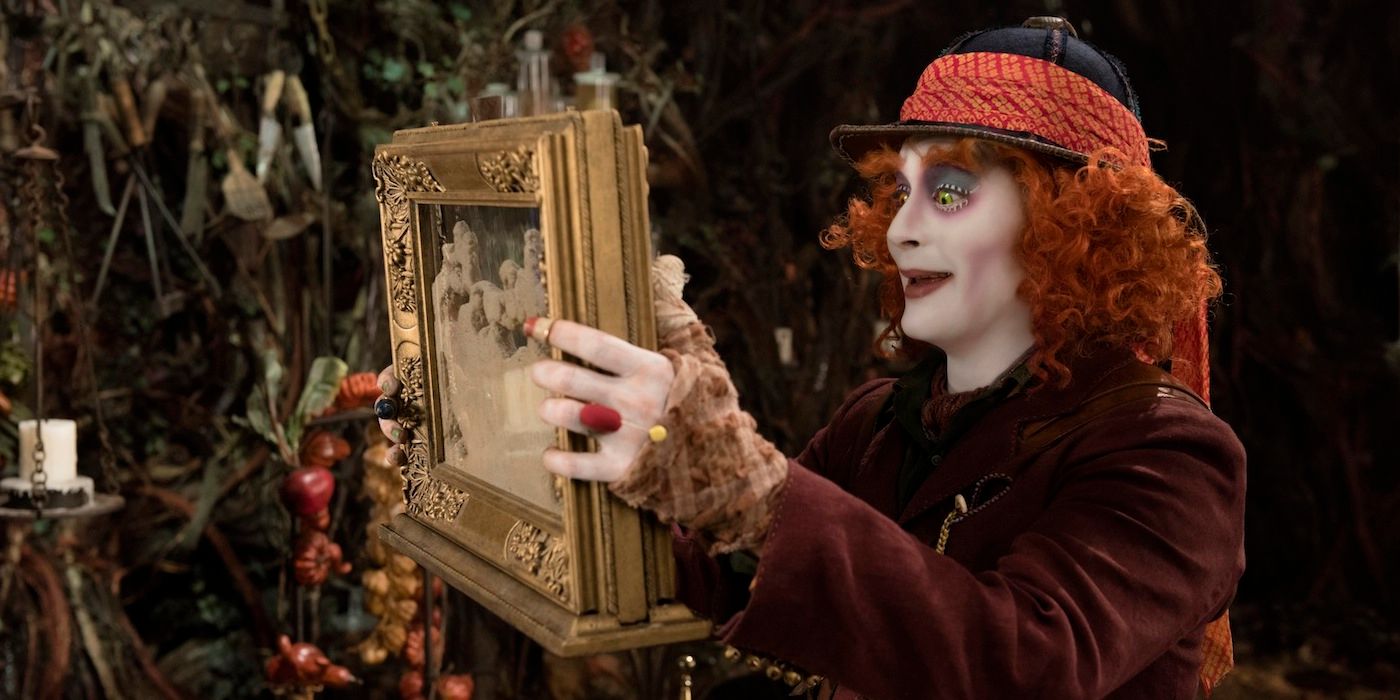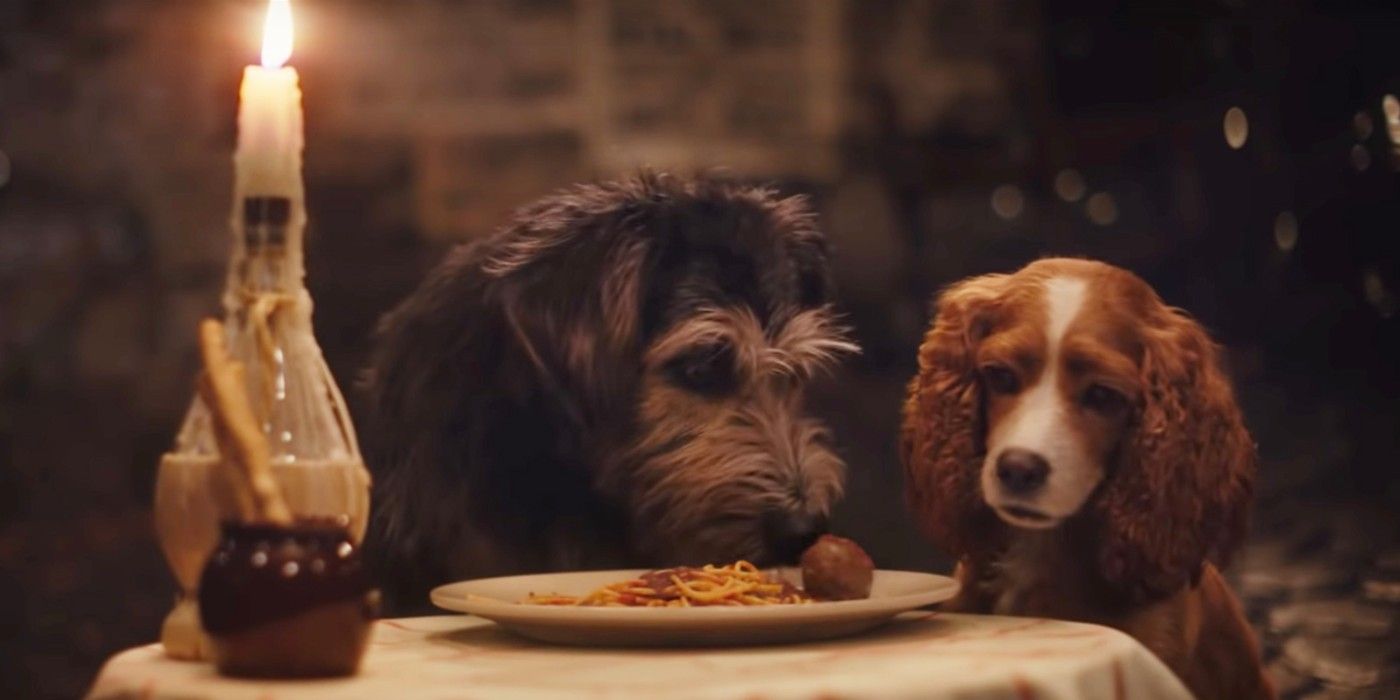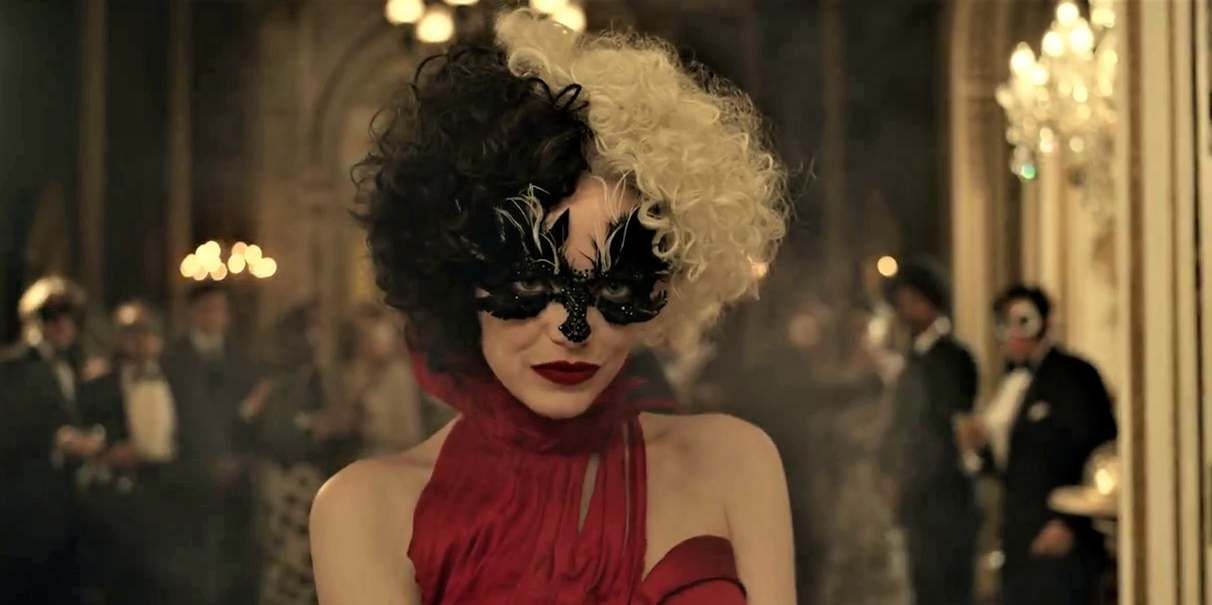Disney began the practice of releasing live-action remakes/re-imaginings starting with Alice in Wonderland and has now adapted fan-favorite titles like Aladdin, The Lion King, and Cruella, among others. What’s notable about these is that the live-action movies have a mixture of elements from their animated counterparts and original takes of their own.
Due to this, fans who’ve seen a film like Cruella can theoretically assume what’s in store for a movie like Lady and the Tramp as the general outline of the Disney live-action installments all have the same formula. Some of these have been essentially carried forward from the classics, while Disney has also gotten with the times and integrated social themes, strong characters, and thematic quality into the movies.
Greater Role Of Female Characters
Particular focus is given to female characters within each movie, even if they aren’t the title protagonists. For instance, Aladdin saw Jasmine become the new Sultan, while Nala was the main fighter for Simba’s cause in The Lion King.
This is also in contrast with animated movies, where certain female characters could be relegated to the background. The live-action remakes also tend to steer attention toward female protagonists over males, such as Lady and the Tramp having Lady as the clear main character while the same can be said for Belle in Beauty and the Beast.
Smaller Focus On Songs Within The Story
The animated films had the tendency to progress the plot using musical sequences, with these songs vital for the transition in tone and pace. The live-action movies tend to use this aspect sparingly, with Mulan not featuring the classic songs from the original at all.
They can pop up at times, such as Scar singing his villainous monologue to the hyenas, but the songs can be skipped as well. Aladdin featured more musical moments than other live-action entries, but these served as codas to established points like his romance with Jasmine instead of being fully connected to the plot.
A Serious Tone
The stories in the live-action Disney movies are already known to audiences, meaning the studio can take liberties with the tone presented. These aren’t fully whimsical and happy as most Disney features go, as the films carry serious themes for audiences to ponder.
Mulan showcased the horrors of war, while Christopher Robin saw the main character’s midlife crisis being explored. Even lighthearted entries like Alice in Wonderland had the theme of growing up at its heart, furthering the intention of these movies to be taken seriously.
Villains' Backgrounds Are Explored
It goes to show how villains aren’t stereotypically portrayed in live-action movies considering Cruella wasn’t the evilest character in her own movie. Similar stories like Maleficent have the villain as the main character as a way for audiences to understand what their motives are.
The antagonists might be portrayed as evil, but the reason behind their turn for the worst is sure to be detailed and sometimes even be sympathized with. The ones who are presented without redeeming qualities still do get scenes dedicated to them, as shown with Jafar in Aladdin and Scar in The Lion King.
Sequel/Prequel Hooks
Although every movie can be seen as a standalone feature, there are hints and references toward aspects that can be adapted into sequels or prequels. This was seen in Beauty and the Beast with Gaston, who spoke of his prior antics, thus paving the way for a prequel.
The same is the case with the likes of Cruella and Maleficent, where the characters’ plans weren’t fully achieved and hinted to be resolved by a follow-up film. These plot hooks aren’t too on the nose, so as to leave viewers satisfied with the story in the particular movie but also be intrigued by the idea of more to come.
Heavy Use Of CGI
Although most of the Disney remakes are well-received by fans, many have noted that CGI is a big part of the live-action movie experience. In fact, The Lion King was basically a photorealistic computer animation, while many supporting characters around humans are brought to life using graphics.
This is in contrast to old movies like 101 Dalmations that had actual animals act out their parts, with live-action remakes these days like Aladdin, Dumbo, and Christopher Robin not even attempting to hide that animal characters aren’t real. Big-time sequences like climactic fights are also presented using this method and this holds true for every film entry.
Focus On Authenticity Of The Story's Backdrop
While elements like the characters’ accents aren’t authentic -- with some having American accents in Arabian settings while others using English accents in French backdrops -- the look and feel of these environments certainly do check all the right boxes.
The live-action remakes don’t engage in problematic practices like the whitewashing of the cast and incorrect details of the setting. This is seen in details such as when the Genie wished everyone “Friday Salaam” in Aladdin to accurately refer to the Muslim religious day. Beauty and the Beast also looked to capture the setting of pre-Revolutionary France.
Designated Quirky Characters
Similar to the usual Disney formula, the movies here adhere to the trope of having at least one character whose purpose is to just make jokes or be laughed at for their antics. These can easily be found in every entry, with some - like Cruella - being the main character itself.
The role of these comic relief characters is usually to break the tension from heavy scenes and avoid making the pacing too slow. They can also fill the role of the sidekick to the protagonist or the villain, such as the Mad Hatter being Alice’s close friend while Gaston and Jafar had LeFou and Iago, respectively.
Romance Isn't The Sole Motivating Factor Of The Plot
As Disney largely goes, there are definite romances for fans to follow, be it the likes of Belle and the Beast or Aladdin and Jasmine, among others. However, the live-action movies don’t make being in love focal parts of the protagonists’ characterization.
In its place, the motivation for the leads is to understand an inherent problem they have and overcome it, such as Lady accepting she’s not the center of her owners’ lives and Jasmine proving herself to be a worthy Sultan. The romance aspect is used as a way for the protagonists to learn from their love interest that they can be selfless and have more to offer than they thought.
An Establishing Shot Of The Protagonist's Characterization
The introduction of the protagonist or lead character is always made out to be a big deal, with each one’s first appearance highlighted as a way to establish who they are. These scenes leave no doubt what fans can expect from the characters in the movie, and are either whimsical or sad depending on the nature of the story.
Where Mulan showed the lead displaying her special abilities, Cruella showed her creative and cruel streak. Aladdin confirmed the “street rat” tag the titular character was stuck with, and The Lion King showed Simba’s birth. These establishing shots are vital to the movies as they later show just how much the lead character has developed through their adventure.

